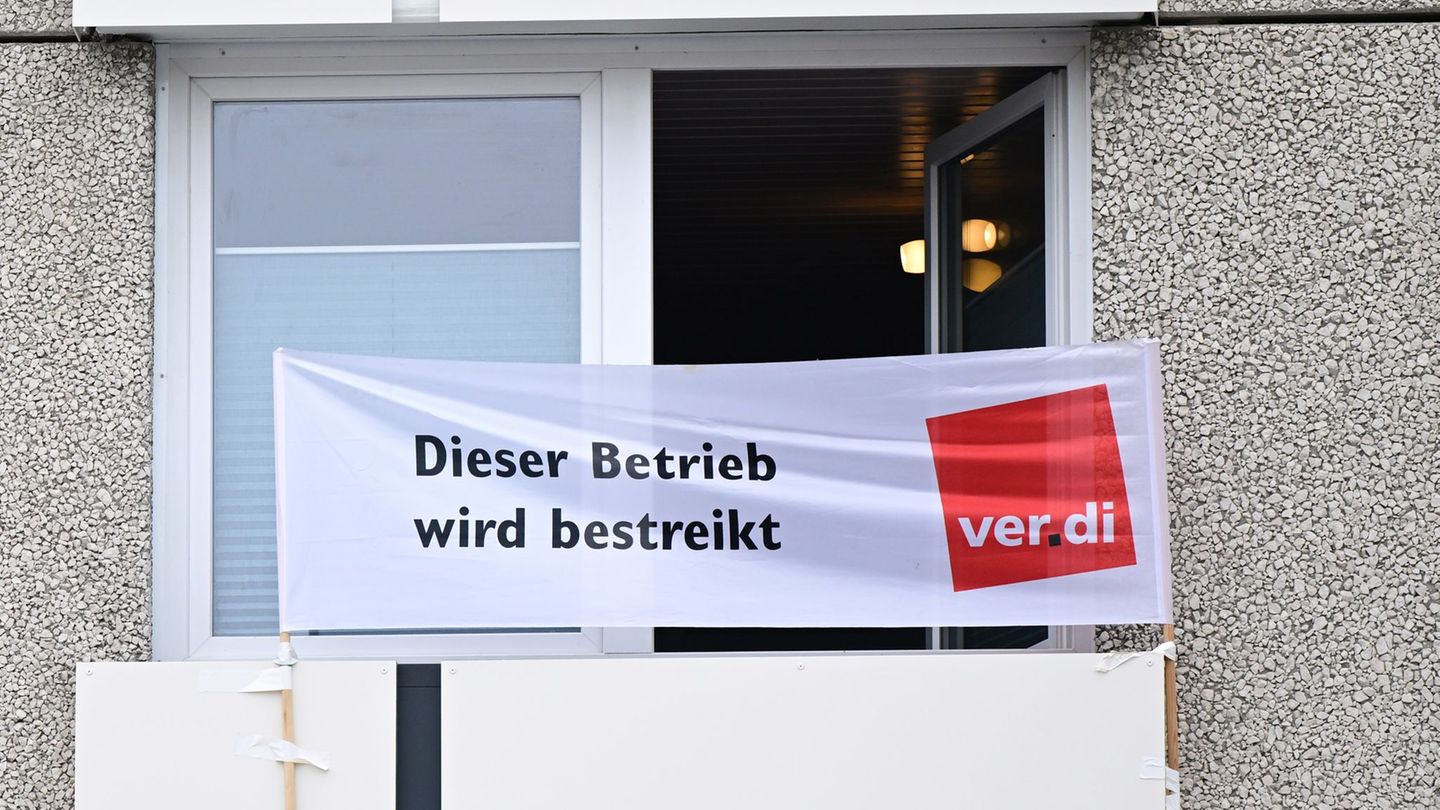Menu
Unions: Study: Almost a million strike days in Germany
Categories
Most Read
How the real economy arrives at the 2025 legislative elections
October 21, 2025
No Comments
More than 96% rule out creating jobs in the face of greater uncertainty
October 21, 2025
No Comments
Emissions trading: Brussels wants to prevent price jumps for refueling and heating
October 21, 2025
No Comments
the benefits of Buepp for CABA users in October 2025
October 21, 2025
No Comments
Retail: Drugstore chain dm is expanding health offerings
October 21, 2025
No Comments
Latest Posts

After 55 years: the last Ford car in Saarland will soon roll off the assembly line
October 22, 2025
No Comments
Over after 55 years The last Ford car in Saarland will soon roll off the assembly line Copy the current link Add to watchlist More

Ukraine: Russia fires ballistic missiles at Kiev
October 22, 2025
No Comments
War in Ukraine Russia fires ballistic missiles at Kiev Listen to article Copy the current link Add to watchlist The Russian military is again attacking

Heidi Klum is staying on “Project Runway” for another year
October 22, 2025
No Comments
Lisa HarrisI am an author and journalist who has worked in the entertainment industry for over a decade. I currently work as a news editor
24 Hours Worlds is a comprehensive source of instant world current affairs, offering up-to-the-minute coverage of breaking news and events from around the globe. With a team of experienced journalists and experts on hand 24/7.

